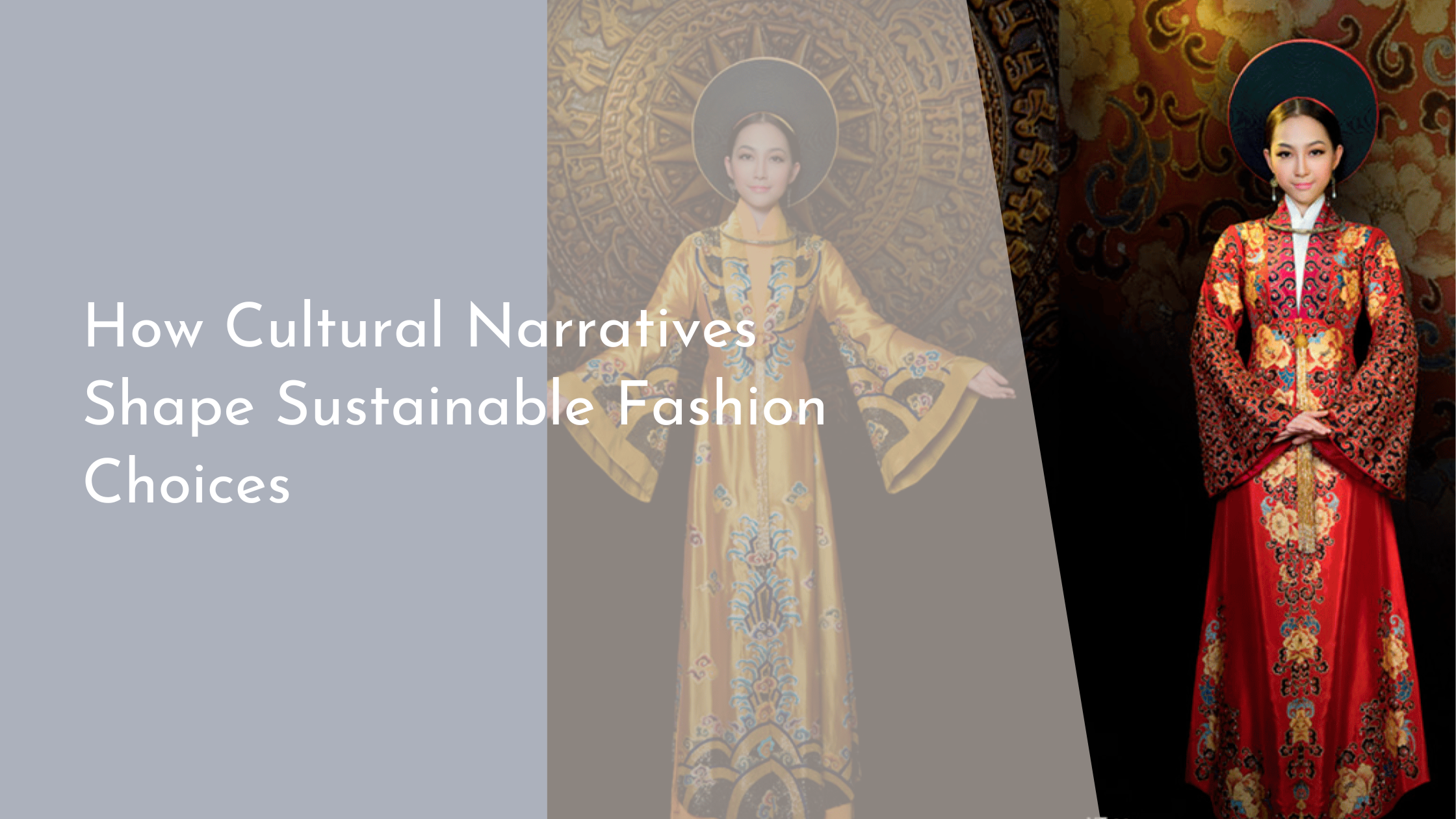How Cultural Narratives Shape Sustainable Fashion Choices
In recent years, the fashion industry has experienced a paradigm shift towards sustainability, driven not only by environmental concerns but also by the cultural narratives that influence our clothing choices. The stories we tell and embrace, both about our past and our future, play a significant role in determining the fashion choices we make today. From traditional influences to modern storytelling, these narratives help shape a more sustainable fashion industry. Let’s delve deeper into how cultural narratives impact our choices in favor of eco-friendly fashion.
Understanding Cultural Narratives in Fashion
Cultural narratives in fashion encompass the stories, traditions, and values that societies hold dear and express through clothing. These narratives often reflect a society’s history, beliefs, and identity, influencing what people wear and why they wear it. For instance, indigenous communities might use traditional patterns and materials in their garments, reflecting a deep connection with nature and sustainable practices. These culturally embedded practices can dictate how sustainable fashion is perceived and adopted across different regions.
Narratives within cultures do not merely serve as a backdrop; they actively inform fashion trends and choices. When fashion brands incorporate local stories and traditional craftsmanship into their designs, they not only preserve cultural heritage but also promote sustainability by valuing quality and longevity over mass production. This approach challenges the fast-fashion model and encourages a more thoughtful consideration of how and why we consume fashion. By embracing these narratives, brands can foster a deeper connection with consumers who are increasingly aware of the environmental impacts of their choices.
The Influence of Tradition on Eco-Friendly Trends
Traditional practices often hold the key to sustainable solutions in fashion. Many cultures have long-standing methods of creating garments that are inherently sustainable, such as using natural dyes, hand weaving, and crafting from locally sourced materials. These practices not only minimize environmental impact but also promote the use of renewable resources and support local communities. By reviving traditional techniques, fashion designers can create eco-friendly collections that resonate with consumers looking for authenticity and sustainable options.
Moreover, the cultural emphasis on quality and craftsmanship often found in traditional clothing can inform modern sustainable fashion trends. In many cultures, clothing is not just a commodity but a testament to skilled artistry and longevity. This perspective encourages consumers to view fashion as an investment rather than disposable, leading to more mindful purchasing decisions. When modern designers incorporate these traditional values into their work, they contribute to a broader movement towards slow fashion that prioritizes sustainability and cultural significance.
Modern Storytelling: A Catalyst for Sustainability
In today’s digital age, storytelling has become a powerful tool for promoting sustainable fashion choices. Social media, documentaries, and online campaigns allow brands to share narratives that highlight their commitment to ethical practices and environmental responsibility. By engaging with consumers through compelling stories, brands can inspire change and encourage a shift towards greener fashion choices. These stories often focus on transparency, showcasing the journey of a garment from raw material to finished product, and emphasizing the positive impacts of sustainable practices.
Modern storytelling also empowers consumers to become part of the narrative. When individuals share their experiences and knowledge about sustainable fashion, they contribute to a growing community that values ecological responsibility. Influencers, activists, and everyday consumers have the platform to promote eco-friendly brands and practices, creating a ripple effect that encourages others to reconsider their fashion choices. This collective storytelling not only raises awareness but also fosters a sense of shared responsibility for the planet’s future.
Conclusion: Embracing a Greener Fashion Future
Cultural narratives hold immense power in shaping our perceptions of fashion and sustainability. By embracing the stories rooted in tradition and modern innovations, we can cultivate a fashion industry that respects both cultural heritage and the environment. Whether through the revival of traditional methods or the power of contemporary storytelling, these narratives guide us towards a more sustainable and conscious fashion landscape.
As we continue to navigate the ever-evolving world of fashion, it’s essential to remember the influence cultural narratives have on our choices. By fostering an appreciation for the stories behind our clothes and the impact they have on the world, we can make more informed and responsible decisions. Embracing these narratives not only enriches our understanding of fashion but also paves the way for a greener and more sustainable future. By choosing to honor both our cultural heritage and the planet, we can transform the fashion industry into a force for positive change.

